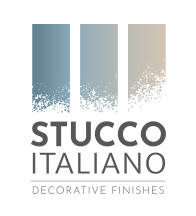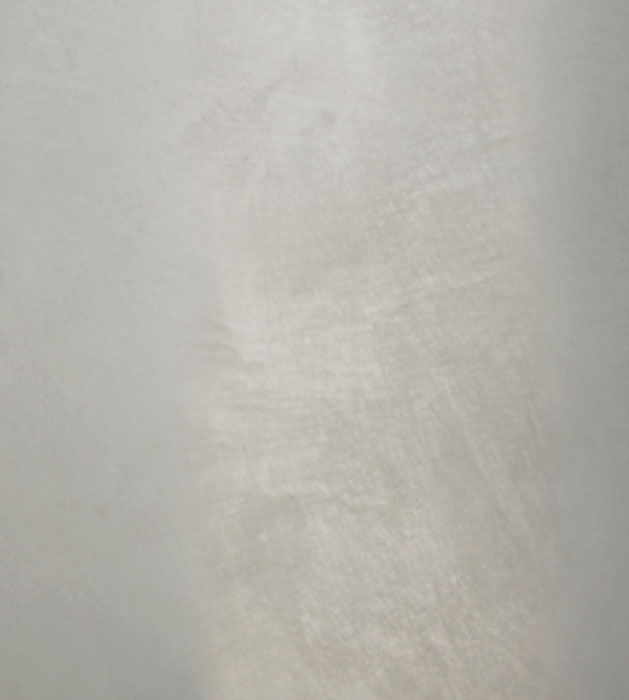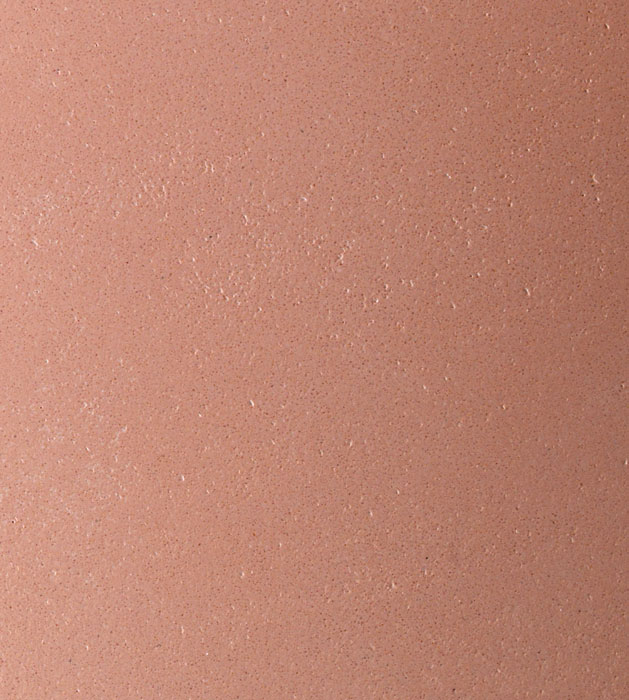ITALIAN ECO-FRIENDLY PLASTERSWe think GREEN
We believe that beauty and health are intrinsically connected and inseparable. Thus we are committed to crafting products that are visually appealing while being beneficial for human and environmental health. To achieve this, we prioritise the use of natural and sustainable ingredients in our decorative materials whenever possible.
We believe that beauty and health are intrinsically connected and inseparable. Thus we are committed to crafting products that are visually appealing while being beneficial for human and environmental health. To achieve this, we prioritise the use of natural and sustainable ingredients in our decorative materials whenever possible.



MINERAL PLASTERS
The materials in this product line are crafted from natural slaked lime and reclaimed marble powders. Synthetic ingredients comprise only a minimal 2.5% of the total weight and are of the highest quality. Additionally, the Mineral Plasters collection materials are entirely free from Volatile Organic Compounds (VOCs).
DECORATIVE PAINTS LINE
Also our Decorative Paints line, while mostly containing acrylic binders, is VOC-free. Like for the other two product collections, we strive to source raw materials of the highest quality for our paints.
GREEN LINE
In the last decade we have developed a Green Line of products that exclude all synthetic additives in favour of natural ingredients such as casein and shellac, and vegetable starch.

MINERAL PLASTERS LINE
The materials in this product line are crafted from natural slaked lime and reclaimed marble powders. Synthetic ingredients comprise only a minimal 2.5% of the total weight and are of the highest quality. Additionally, the Mineral Plasters collection materials are entirely free from Volatile Organic Compounds (VOCs).

DECORATIVE PAINTS LINE
Also our Decorative Paints line, while mostly containing acrylic binders, is VOC-free. Like for the other two product collections, we strive to source raw materials of the highest quality for our paints.

GREEN LINE
In the last decade, we have developed a Green Line of products that exclude all synthetic additives in favour of natural ingredients such as casein, shellac, and vegetable starch.
THE CHIEF INGREDIENTThe benefits of lime
Together with marble, lime is the chief ingredient of all the decorative materials in our Mineral Plasters product line. Lime-based plasters have a variety of benefits for both human health and the environment, which make them a prime choice for salubrious and sustainable construction.
- HEALTHY & SUSTAINABLE
- DURABLE
- BEAUTIFUL
Lime-based paints and plaster can improve indoor air quality in several ways, as they are:
- Safe: Lime is natural and does not contain harmful chemicals or toxins.
- Breathable: Lime allows moisture to evaporate, which can help to prevent mould and mildew growth
- Antimicrobial: Having a high pH (12+) lime has natural antimicrobial properties that can help to inhibit the growth of microorganisms such as moulds and also bacteria, even in hot and humid environments.
- Zero VOC: Volatile Organic Compounds (VOCs) are completely absent in our lime-based products.
- CO2-Absorbing: For years after its application to walls lime absorbs CO2 from the air and stores it. This process, known as carbonation, can help to reduce the levels of carbon dioxide in the air.
- Humidity regulators: Lime can balance the humidity level in the room, thus helping in the prevention of respiratory problems.
- Carbon neutral: Lime plaster is produced at much lower temperatures than cement, making it a more sustainable alternative.
Lime has a long history as a building finishing material, with a proven track record of longevity. Used primarily in the production of mortar and plaster, lime provided durability and resilience to structures. The Romans used lime to create their renowned concrete, enabling the construction of enduring architectural marvels such as aqueducts and amphitheaters. In the humid Venetian lagoon, it was extensively used for both interior and exterior wall finishes of palaces. Today, we can still see these finishes in good condition even after decades of exposure to time and weather.
One of the main reasons for the durability of lime plaster is its permeability and breathability. Unlike cement, lime allows for the diffusion and evaporation of moisture, preventing its accumulation and erosion of the surface. Additionally, being porous, lime is more flexible and less prone to cracking than cement plasters. Another benefit of lime plaster is its high pH which acts as a natural fungicide, preventing mould growth on the surface. This is especially important in damp and humid environments. Furthermore, lime plaster is less affected by water and will not soften or dissolve like clay or gypsum plasters.
Lime possesses an intrinsic, living beauty that acrylic and other synthetic binders cannot replicate. The subtle variations in texture and colour typical of lime-based finishes contribute to a unique aesthetic that enhances any architectural style, whether modern or traditional. Each application creates a distinct surface that reflects light in a gentle, diffused manner, lending an organic tactile quality to walls. Lime finishes are revered for their natural look, which ages gracefully, acquiring a patina that adds depth and character over time. The evolution of the plaster’s molecular structure and appearance allows buildings to express their rich history through their very walls.
100% NATURAL VERSION
Our 100% Green line
For projects that necessitate the exclusive use of natural materials, we have developed a special collection. Our Green Line features three products originally from the Mineral Plaster collection: Marmorino Medium, Tadelakt, and Pastellone.
In this greener version any synthetic components are substituted with natural alternatives like casein and shellac. These products are available in powder form, requiring dilution prior to use, which allows us to eliminate the need for preservatives in our formulations. Furthermore, in our Pastellone Green Line, Portland cement is replaced with Natural Hydraulic Lime (NHL) to further reduce the carbon footprint of the material.
For projects that necessitate the exclusive use of natural materials, we have developed a special collection. Our Green Line features three products originally from the Mineral Plaster collection: Marmorino Medium, Tadelakt, and Pastellone.
In this greener version any synthetic components are substituted with natural alternatives like casein and shellac. These products are available in powder form, requiring dilution prior to use, which allows us to eliminate the need for preservatives in our formulations. Furthermore, in our Pastellone Green Line, Portland cement is replaced with Natural Hydraulic Lime (NHL) to further reduce the carbon footprint of the material.
Marmorino medium
Pastellone
Tadelakt
Our commitment
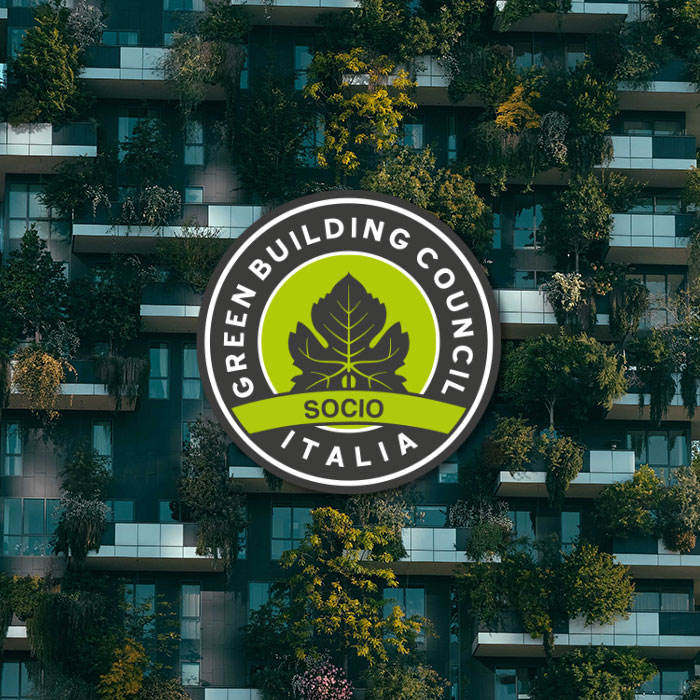
Members of the Green Leed Council Italy
At Stucco Italiano we use recovered marble powders for most of our lime-based materials. The recovered marble accounts for up to 45% of the materials’ content. Our lime line thus complies with the Green Building Plus Products, UNI EN ISO 14021:2016/ A1:2021 Environmental labels and declarations, Self-declared environmental claims, LEED Rating System.
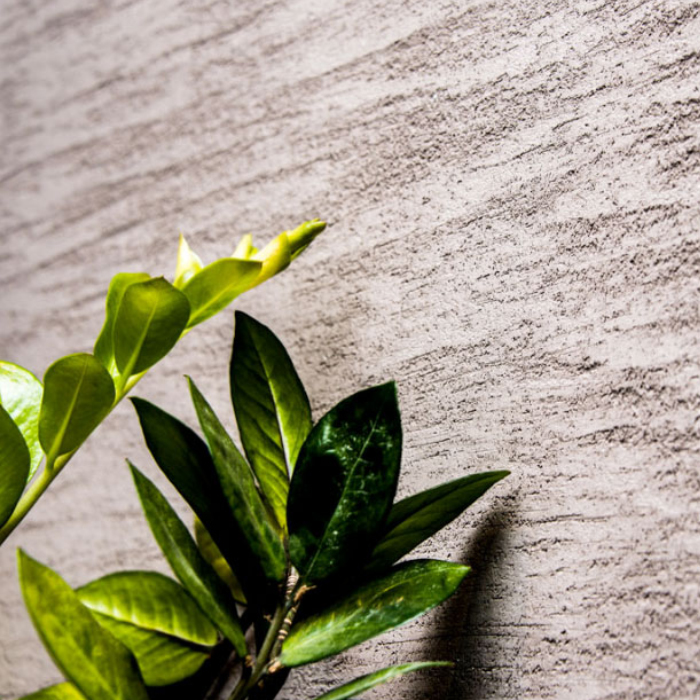
Green Line:
100% natural
The Green Line products are 100% natural versions of our lime-based plasters. They are free from any synthetic additives and instead use natural ingredients such as casein, shellac, and vegetable starch. We produce these plasters in powder form to avoid the use of preservatives or anti-mildew. However, they maintain excellent workability and are comparable to modern products that rely on chemicals.
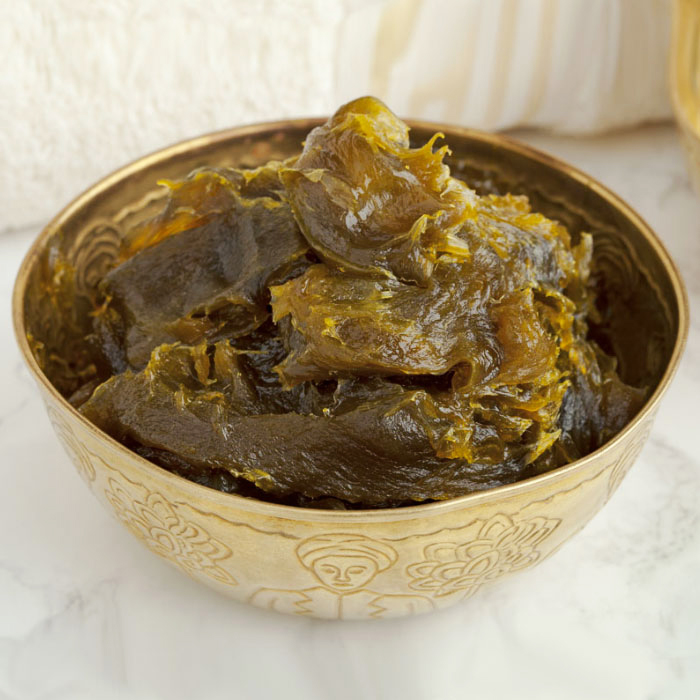
Natural protective
treatments
At Stucco Italiano, we are committed to providing you with a full range of products that are not only safe for your health but also environmentally friendly. To this end, we have developed a range of natural solutions for protecting our plasters. These natural treatments are not only ecologically friendly but also convey a natural look and feel to the finish.
Our commitment

Members of the Green Leed Council Italy
At Stucco Italiano we use recovered marble powders for most of our lime-based materials. The recovered marble accounts for up to 45% of the materials’ content. Our lime line thus complies with the Green Building Plus Products, UNI EN ISO 14021:2016/ A1:2021 Environmental labels and declarations, Self-declared environmental claims, LEED Rating System.

Green Line:
100% natural
The Green Line products are 100% natural versions of our lime-based plasters. They are free from any synthetic additives and instead use natural ingredients such as casein, shellac, and vegetable starch. We produce these plasters in powder form to avoid the use of preservatives or anti-mildew. However, they maintain excellent workability and are comparable to modern products that rely on chemicals.

Natural protective
treatments
At Stucco Italiano, we are committed to providing you with a full range of products that are not only safe for your health but also environmentally friendly. To this end, we have developed a range of natural solutions for protecting our plasters. These natural treatments are not only ecologically friendly but also convey a natural look and feel to the finish.
